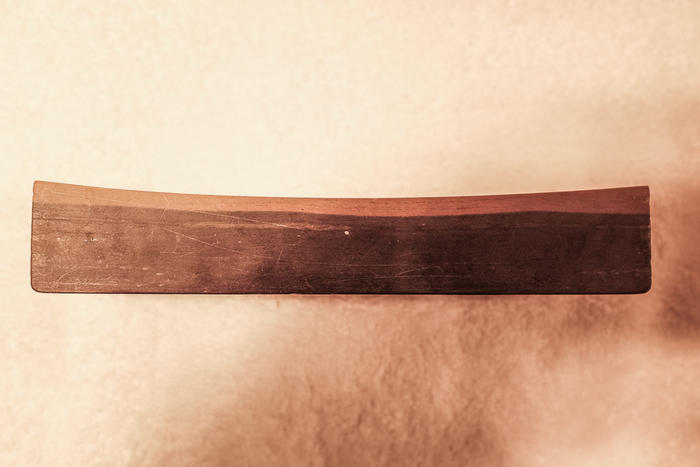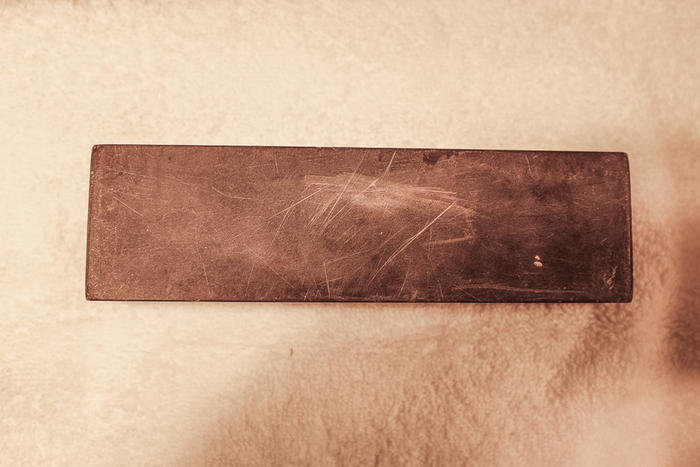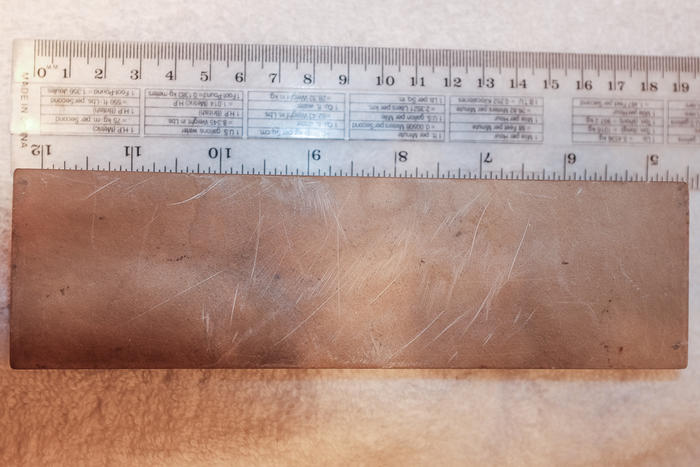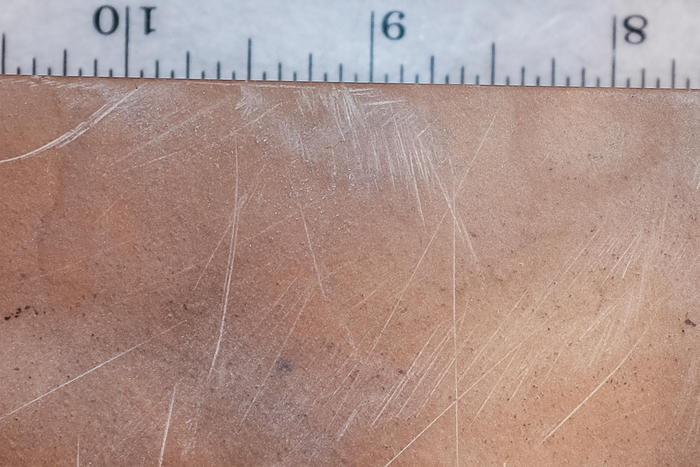Results 1 to 10 of 31
Thread: Help IDing a hone
Threaded View
-
01-21-2016, 10:11 AM #1
 Hone ID
Hone ID
Won a random antique pack online which arrived today. I bought it for the potential straights and strops restoration projects. The seller added some bonus items that he'd not pictured in the listing including a pocket logarithmic slide rule...and a decent-sized coticule! More interested in the stone to be honest. It's certainly seen better days and is very dished, but I think there's still a few viable millimetres left on it. I was hoping you guys might help identify it.
Of course you'll need photos, but I've not done this before so wonder what you'd like me to focus on?
Here are some preliminary photos of the stone pre-lapped.
I concede the images are rubbish but it's nighttime here so once I have your guidance I'll set up some better lit shots tomorrow morning.
Size is 7"x2"
Side view

Bottom : dark half

Top: light half

Close-up

Last edited by stillshunter; 01-21-2016 at 10:44 AM.


 35Likes
35Likes LinkBack URL
LinkBack URL About LinkBacks
About LinkBacks






 Reply With Quote
Reply With Quote